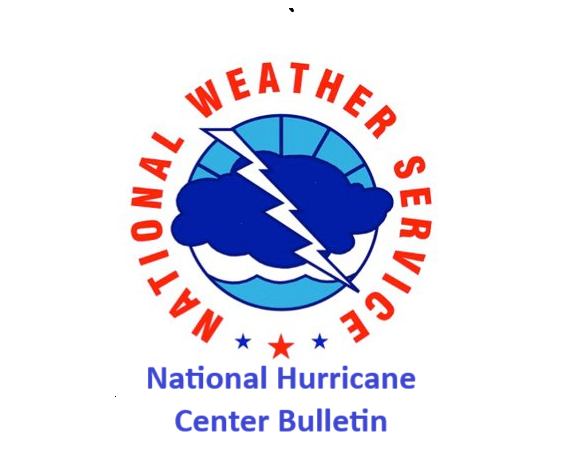000 WTPZ45 KNHC 231447 TCDEP5 Tropical Storm John Discussion Number 4 NWS National Hurricane Center Miami FL EP102024 900 AM CST Mon Sep 23 2024 Satellite images show that John has been strengthening quickly. A large area of cold cloud tops between -70C and -85C is present over the tropical cyclone, with tight curved bands wrapping around the center. The latest subjective Dvorak intensity estimates are T-3.5/55 kt from TAFB and T-3.0/45 kt from SAB. Recent objective Dvorak intensity estimates from UW-CIMSS have been ranging between 57 and 76 kt. A 23/0836 UTC AMSR-2 microwave pass shows that the inner core has become much better defined, showing a small eye-like feature on microwave imagery, although there are no signs of an eye showing up yet in infrared or visible images. A 23/1011 UTC SSMIS pass showed a similar structure to the AMSR-2 pass. Based on the above data and imagery, the initial intensity is raised to 60 kt. John will continue to be located within an environment of extremely warm ocean temperatures, light wind shear and a moist low- to mid-level troposphere as it approaches the coast of Mexico. While the hurricane regional and dynamical models show a more limited amount of additional strengthening, the statistical models like SHIPS and LGEM are at the high end of the guidance suite. Given that the system has already intensified by 30 kt in the past 18 h, and given that the SHIPS rapid intensity index is showing greater than an 85 percent chance of a 30-kt increase in the next 24 h, the NHC intensity forecast will now explicitly show rapid strengthening over the next 24 h. This intensity forecast is at the high end of the guidance suite. It is possible that John could peak even higher than shown below between the 24 h forecast point and when it is forecast to move inland around 36 hours. Interests along the coast of southern Mexico should closely monitor future forecast updates on John. Based on center fixes over the past 6 to 12 hours, John's motion is estimated to be northward, or 0 degrees at 3 kt. John is embedded in very weak steering currents, and the primary steering mechanism is likely the southwesterly monsoonal flow that the cyclone is embedded in. The new NHC track forecast has been shifted to the west of the previous official forecast and now lies very near the latest model consensus. It should be noted that the track forecast and timing of when the center reaches the coast is more uncertain than normal. KEY MESSAGES: 1. John is expected to become a hurricane later today and additional strengthening is likely before the center reaches the coast of southern Mexico within the Hurricane Warning area on Tuesday. Damaging hurricane-force winds and a dangerous storm surge are expected within portions of the warning area. 2. John will bring very heavy rainfall to coastal portions of southern Mexico through this week. This heavy rainfall will likely cause significant and possibly catastrophic, life-threatening flash flooding and mudslides to the Mexican States of Chiapas, Oaxaca, and southeast Guerrero, particularly in areas near the coast. FORECAST POSITIONS AND MAX WINDS INIT 23/1500Z 14.8N 98.5W 60 KT 70 MPH 12H 24/0000Z 15.2N 98.3W 75 KT 85 MPH 24H 24/1200Z 15.7N 97.9W 90 KT 105 MPH 36H 25/0000Z 16.0N 97.6W 90 KT 105 MPH...INLAND 48H 25/1200Z 16.2N 97.4W 35 KT 40 MPH...INLAND 60H 26/0000Z...DISSIPATED $$ Forecaster Hagen
Source link


